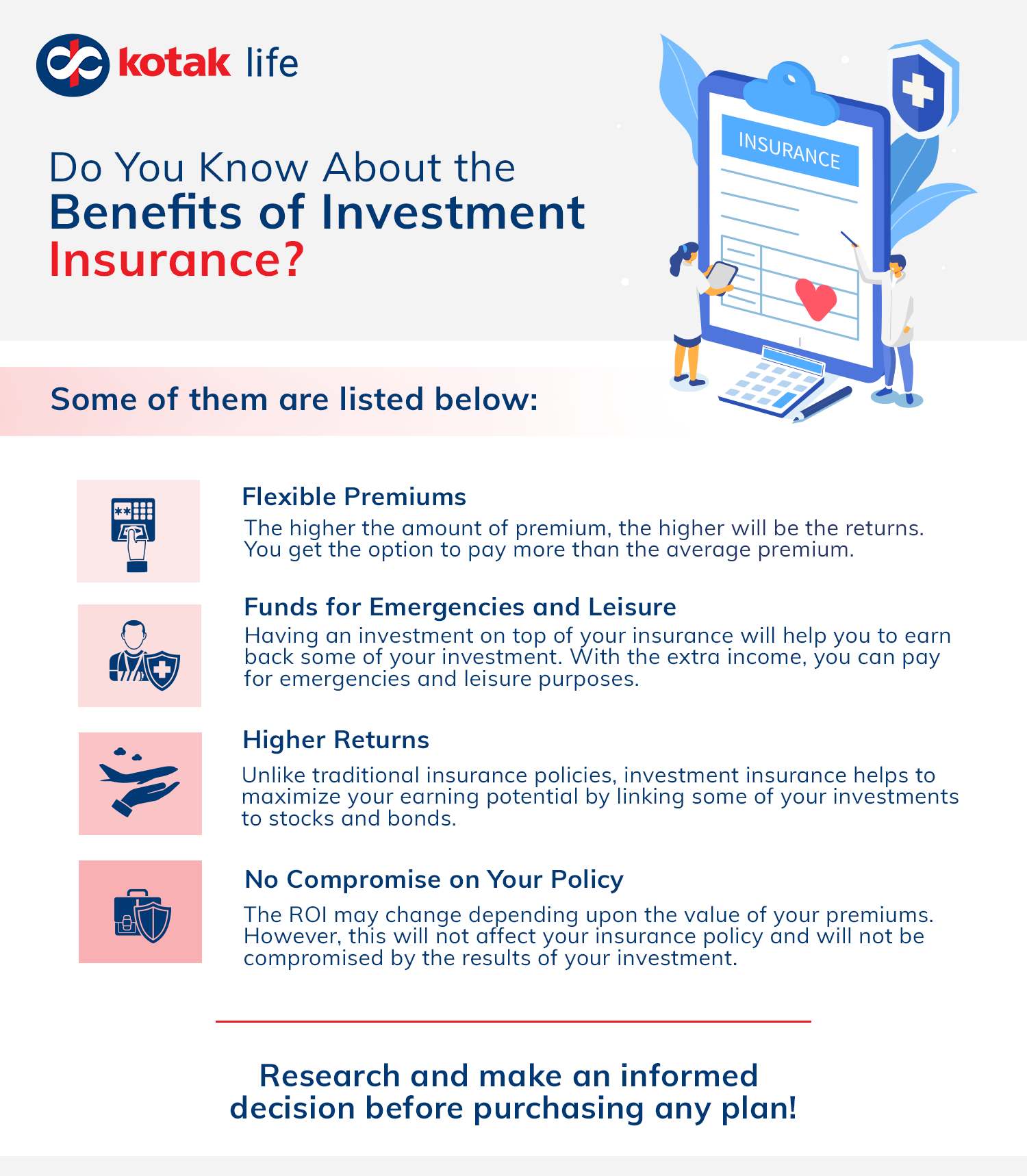The 9-Minute Rule for Pacific Prime
The 9-Minute Rule for Pacific Prime
Blog Article
The smart Trick of Pacific Prime That Nobody is Talking About
Table of ContentsA Biased View of Pacific PrimeThings about Pacific PrimeIndicators on Pacific Prime You Need To KnowThe Definitive Guide to Pacific PrimeThe 3-Minute Rule for Pacific Prime

This is since the information were collected for a duration of strong financial efficiency. Of the estimated 42 million people who were without insurance, just about regarding 420,000 (concerning 1 percent) were under 65 years old, the age at which most Americans become eligible for Medicare; 32 million were grownups in between ages 18 and 65, about 19 percent of all grownups in this age group; and 10 million were kids under 18 years old, concerning 13.9 percent of all children (Mills, 2000).
These price quotes of the variety of persons without insurance are generated from the annual March Supplement to the Present Populace Survey (CPS), performed by the Census Bureau. Unless or else kept in mind, national price quotes of people without medical insurance and proportions of the populace with various kinds of protection are based upon the CPS, the most commonly utilized source of quotes of insurance policy coverage and uninsurance rates.
Some Known Details About Pacific Prime

Still, the CPS is especially beneficial since it produces annual price quotes reasonably swiftly, reporting the previous year's insurance protection approximates each September, and since it is the basis for a consistent collection of price quotes for even more than twenty years, allowing for evaluation of patterns in insurance coverage gradually. For these reasons, in addition to the extensive use the CPS in other researches of insurance policy coverage that are provided in this report, we rely upon CPS quotes, with limitations noted.

The quote of the variety of uninsured individuals increases when a populace's insurance policy status is tracked for numerous years. Over a three-year duration beginning early in 1993, 72 million learn this here now individuals, 29 percent of the U.S. https://experiment.com/users/pacificpr1me. population, were without coverage for at the very least one month. Within a solitary year (1994 ), 53 million people experienced at the very least a month without insurance coverage (Bennefield, 1998a)
6 out of every ten without insurance adults are themselves employed. Although working does boost the probability that one and one's household members will have insurance, it is not a warranty. Also members of family members with two full-time breadwinner have nearly a one-in-ten chance of being without insurance (9.1 percent uninsured rate) (Hoffman and Pohl, 2000).
Pacific Prime Things To Know Before You Buy
New immigrants make up a substantial proportion of people without medical insurance. One evaluation has actually connected a considerable section of the recent growth in the size of the U.S. uninsured population to immigrants who showed up in the nation in between 1994 and 1998 (Camarota and Edwards, 2000). Current immigrants (those that involved the USA within the past four years) do have a high rate of being uninsured (46 percent), however they and their youngsters account for just 6 percent of those without insurance coverage country wide (Holahan et al., 2001).
The connection in between health insurance and access to care is well established, as documented later in this phase. The partnership in between health and wellness insurance coverage and health outcomes is neither straight neither straightforward, a comprehensive professional and health and wellness solutions study literary works links wellness insurance policy coverage to improved accessibility to care, much better high quality, and enhanced individual and populace wellness condition.
Levels of analysis for examining the impacts of uninsurance. It concentrates particularly on those without any kind of health and wellness insurance coverage for any kind of size of time.
Indicators on Pacific Prime You Need To Know
The issues faced by the underinsured are in some aspects comparable to those dealt with by the uninsured, although they are usually much less serious. Health insurance, nevertheless, is neither required neither sufficient to get accessibility to medical solutions. The independent and direct effect of health and wellness insurance protection on access to health solutions is well developed.
Others will obtain the health care they require also without wellness insurance coverage, by spending for it expense or seeking it from carriers who use care totally free or at very subsidized rates. For still others, health insurance coverage alone does not make certain invoice of care since of other nonfinancial barriers, such as an absence of health treatment service providers in their area, restricted accessibility to transport, illiteracy, or etymological and social differences.
The smart Trick of Pacific Prime That Nobody is Discussing
Official study about without insurance populaces in the United States dates to the late 1920s and early 1930s when the Committee on the Expense of Healthcare produced a series of records concerning funding medical professional workplace gos to and hospital stays. This concern became salient as the numbers of medically indigent climbed during the Great Clinical depression.
Report this page